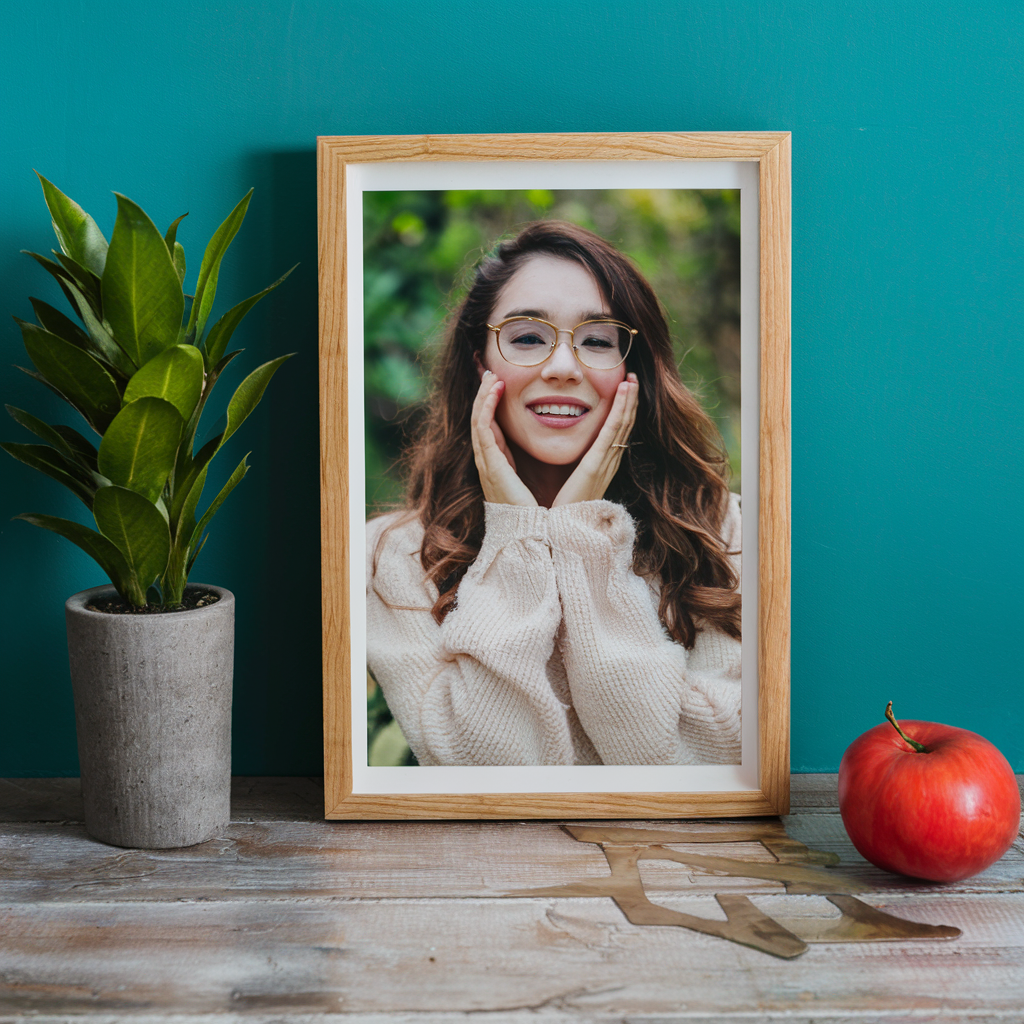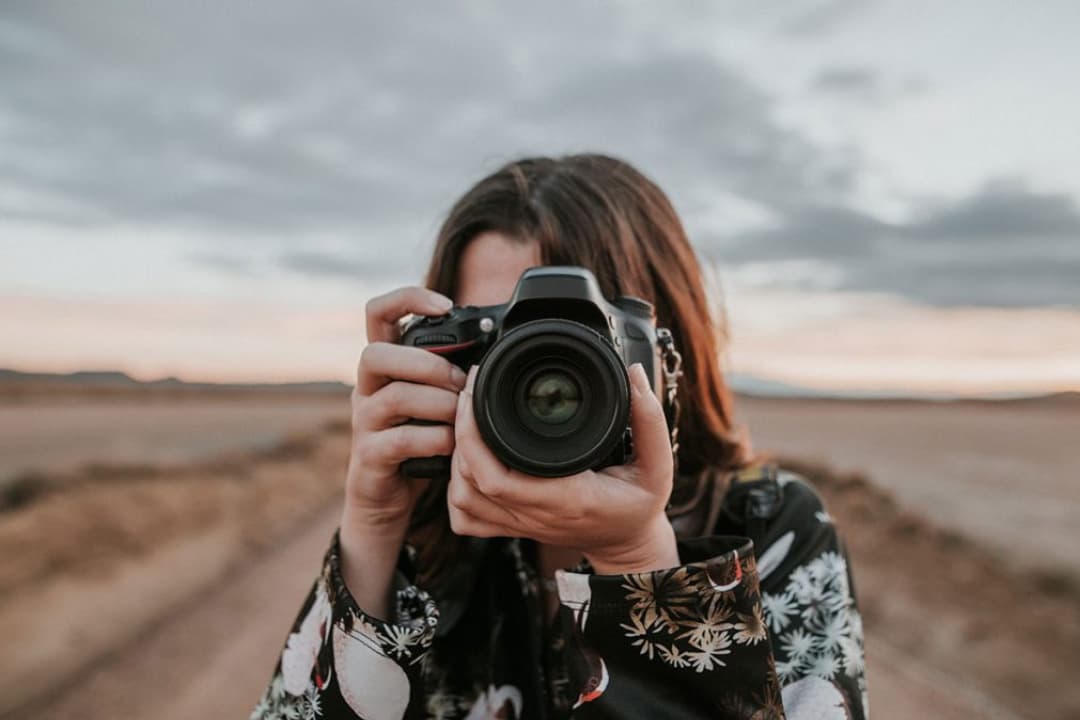Enhancing Family Portraits with Customized Photo Frames
Introduction: Capturing Moments with a Personal Touch Family portraits are snapshots of our lives, capturing the essence of love, laughter, and the unbreakable bonds that tie us together. But what elevates these treasured photographs from m...






